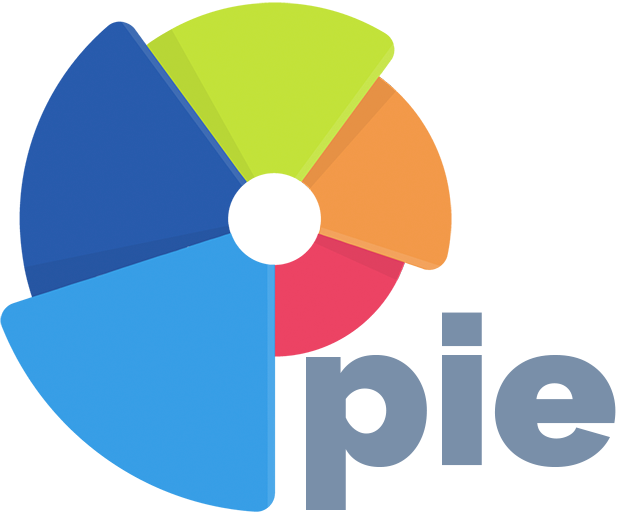The Insider’s Guide to Enrolling with Aetna: What Providers and Credentialers Need to Know
Thinking about enrolling with Aetna? This guide provides honest insights into what to expect, common hurdles, and how to prepare your application for a smoother process.

Thinking About Joining Aetna’s Network?
Joining Aetna’s provider network can open doors to a diverse patient base, with over 39 million members across Commercial, Medicare Advantage, and Medicaid plans. However, enrolling with Aetna isn’t always straightforward. Providers often encounter delays, communication gaps, and a lack of clarity around reimbursement rates.
This guide offers an honest look at the enrollment process so you can decide if Aetna is right for your practice—and how to make the process easier if you choose to proceed.
Common Challenges Providers Face
Enrolling with Aetna can be a frustrating experience for many providers. Here’s what we’ve learned from healthcare professionals:
- Long Wait Times: Aetna states that credentialing should take 30-45 business days, but many providers report waiting much longer. Behavioral health providers, in particular, often face delays that extend to 6-12 months before reaching in-network status.
- Lack of Communication: Attempts to follow up on credentialing status often lead to automated responses or being directed to third-party platforms like Availity. Providers frequently report unresponsive representatives and bounced emails.
- Incomplete Information: Many providers receive generic contracts without clear details on reimbursement rates. This has led to frustration, as providers hesitate to sign agreements without understanding the financial impact.
What You Can Do:
Be proactive. Follow up consistently, request detailed fee schedules before signing contracts, and document every interaction with Aetna representatives. Persistence is key.
Choosing the Right Network
Aetna offers various network options, each tailored to different specialties. Knowing which one fits your practice is crucial.
For example, behavioral health providers should know that Aetna often subcontracts its behavioral health contracting to third parties, like Optum. This means additional steps may be required, and timelines can vary further. For other providers:
- Commercial Plans: PPOs and HMOs are common for employer-sponsored coverage.
- Medicare Advantage: Includes benefits like dental and vision, ideal for practices serving seniors.
- Specialty Networks: Providers of chiropractic, dental, or vision services should confirm specific credentialing requirements.
Understanding these nuances can save you time and prevent unnecessary delays.
What Providers Are Saying
We’ve gathered firsthand feedback from providers to help you prepare:
- “The portal is useful, but getting someone on the phone is nearly impossible. We waited over six months to finalize our credentialing.”
— Reddit - “Their behavioral health credentialing is managed by a third party, which added several layers of complexity to our application.”
— AAPC - “They sent us a contract, but without a fee schedule. I wasn’t comfortable signing until I had more details.”
— AAPC
This feedback highlights the importance of staying informed and prepared when navigating Aetna’s processes.
Preparing for Enrollment
Here’s how to set yourself up for success:
- Gather All Required Documents
- Complete CAQH profile (authorized for Aetna access).
- State licenses and DEA certifications (if applicable).
- Malpractice insurance and W-9 forms.
- Follow Up Persistently
Regularly check your status on Aetna’s provider portal and be ready to escalate issues when necessary. - Request Fee Schedules
Before signing any contract, request a detailed fee schedule to understand reimbursement rates for your services.
State-Specific Insights
Aetna’s processes and requirements can vary by region. For example:
- California: Medi-Cal providers face additional documentation requirements.
- Florida: High demand for Medicare Advantage providers due to the state’s large senior population.
- Texas: Specialists in urban areas like Dallas and Houston report longer credentialing times but significant patient volume once in-network.
Knowing these regional nuances can help you anticipate potential challenges.
How pie Health Can Help
At pie Health, we understand how challenging credentialing with Aetna can be. Our team manages the process for you, ensuring every detail is handled accurately and efficiently.
For even more support, the pie Payor Source offers insider tips, contact details, and state-specific guides for Aetna and other payors.
Need help navigating Aetna’s network? Contact us for a credentialing consultation and let us streamline the process for you.
Final Thoughts
Enrolling with Aetna offers access to a wide patient base, but it’s not without its hurdles. By understanding the challenges, gathering complete information, and following up consistently, you can navigate the process more effectively.
If you’re looking for expert help or detailed resources, pie Health is here to support you every step of the way.




Comments ()